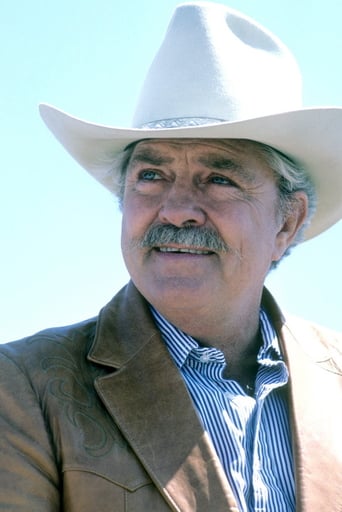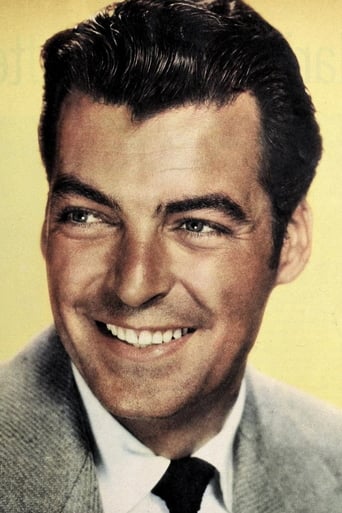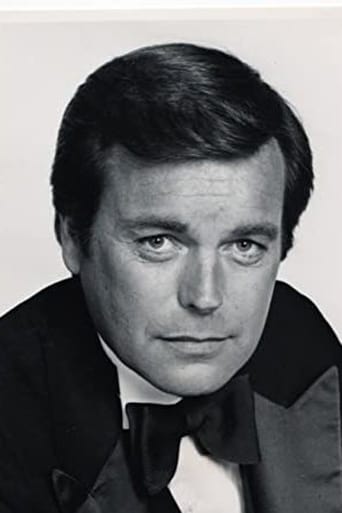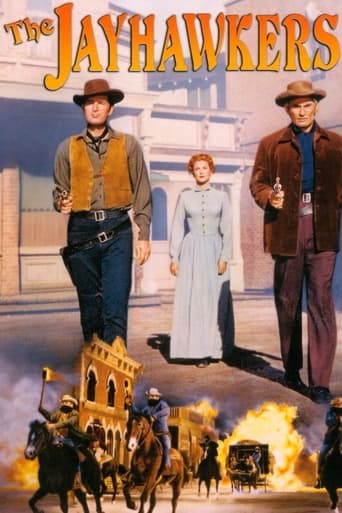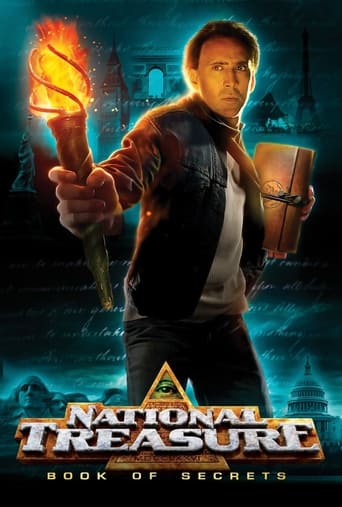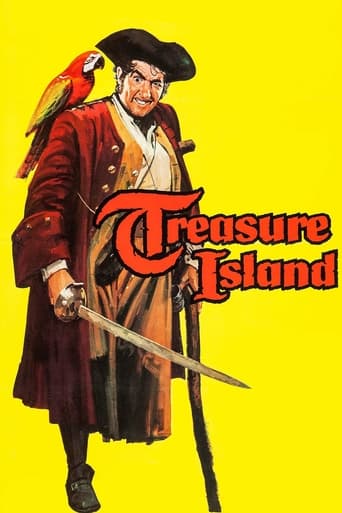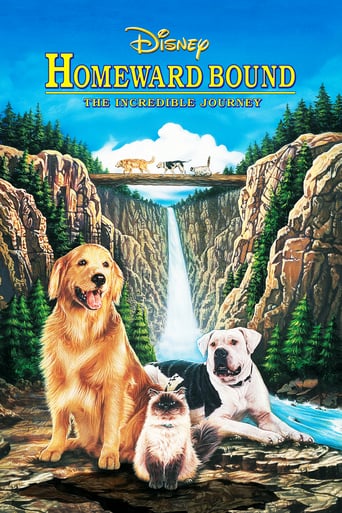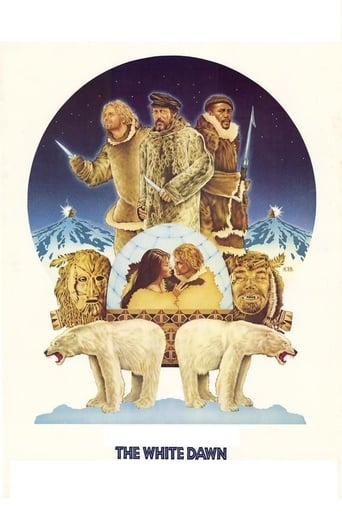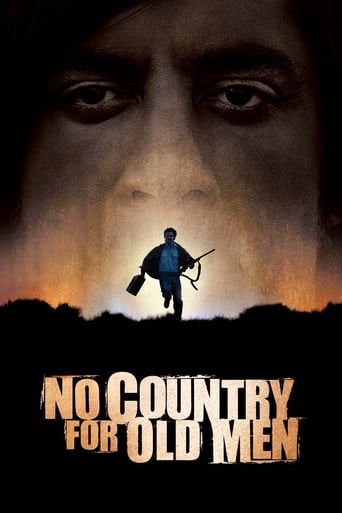
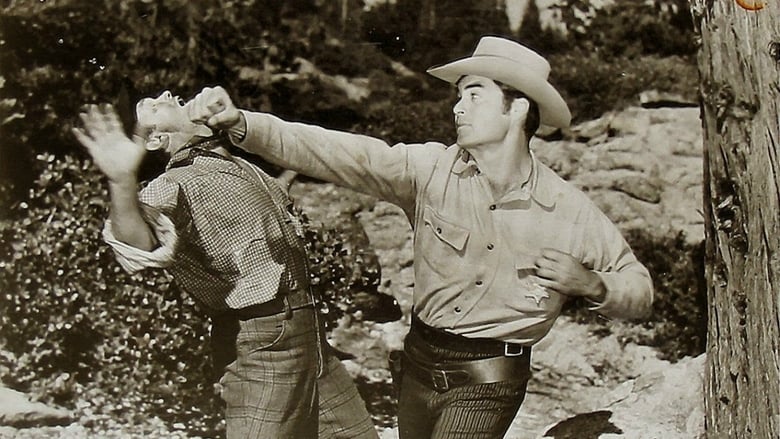
The Silver Whip (1953)
Frustrated with the lack of opportunities in his hometown, young Jess Harker plans to leave, but sympathetic stagecoach armed guard Race Crim persuades his boss to give Jess the stage driver job.
Watch Trailer
Cast
Similar titles
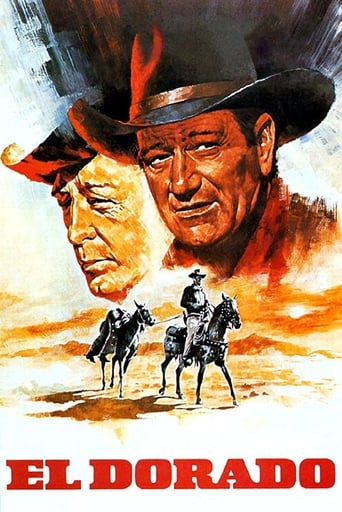
Reviews
brilliant actors, brilliant editing
The acting is good, and the firecracker script has some excellent ideas.
what a terribly boring film. I'm sorry but this is absolutely not deserving of best picture and will be forgotten quickly. Entertaining and engaging cinema? No. Nothing performances with flat faces and mistaking silence for subtlety.
Blistering performances.
Character-driven western whose guiding idea unfortunately is better than the result. Sheriff Tom, tough guy Race, and young man Jess, are friends in a small frontier town. Jess, however, wants a chance to prove himself a man, so he gets trial run as a stage driver. Trouble is he screws up by not driving off to protect doomed passengers when stage is ambushed at a way station. Instead he stays behind to help his friend Race. Now Jess needs to redeem himself by helping Sheriff Tom and posse track down stage robbers before vengeful Race guns them all down. Climax occurs in town when lynch mob gathers to head for Tom's jail.It's really Wagner's film. As the untried Jess, he shows his acting chops in a vivid performance still early in his lengthy career. Robertson (Race) and Calhoun (Tom) also get a lot of screen time as self-assured westerners. Oddly, they look so much alike, I got confused at times. The oater's unusual since no bad guy gets focal time, while the girls are strictly peripheral. Instead, the highlight is a well-photographed and lengthy chase scene across scenic rocks and hills. There's one unexpectedly jarring occurrence that I guess Hollywood convention couldn't let stand without smoothing out. Had they instead let it go extreme, the movie would be memorable. One key point, I wish Robertson's ambiguous character (Race) were more intense. That would have injected needed emotion to the movie as a whole There's a dramatic potential in the key conflict between Race and Tom that's unfortunately underplayed.All in all, it's an interesting western with an unusual plot and some riveting scenery, but drains too much story potential.
Another reviewer has provided an exhaustive summary of the screenplay, so I won't repeat that, as such, here. This is basically a coming of age story for a young stagecoach driver, Jess(Robert Wagner), who wants to upgrade from driving a small local stage pulled by 2 mules to driving a main line standard coach, pulled by 6 horses. He's also, for a short period, given the important job of deputy sheriff, in which he helps chase down some gold thieves, and is the only thing between them in a jail cell and a lynching mob. The latter episode is the psychological climax of the film, if not the action highlight. with the jail door being chopped down. Jess has to face his friend and mentor Race(Dale Robertson), who is at the forefront of the mob. He knows his first duty is to defend the two inmates from harm, however he may hate them. He threatens to shoot Race, but Race doesn't believe he will. He does, and Race falls to the floor, badly wounded in the abdomen. Fortunately, later he recovers. Meanwhile, the sheriff and a couple of aids arrive in back of the mob and help convince them to disperse. Thus, Jess accomplished his part of the defense by luck or design, stopping Race and the mob with his gun, but not killing Race. Anthony Perkins faced a similar situation, as a young sheriff under the tutelage of Henry Fonda, in "The Tin Star".Jess wasn't so lucky in his first experience as driver of the main stage. A large quantity of gold was being carried. The station master should have stuck to his original decision not to allow Jess to drive on this important run. Race and his Uncle Ben said they thought he was ready for the main line. Unfortunately, a badman by the name of Slade overheard Race mention the gold shipment in the saloon, and rode off to gather a gang to steal it. They took over a way station, and began shooting when the stage arrived. Race, Jess's shotgun guard, tells him to get the stage out of there without him. But, Jess ignored this standard procedure under such circumstances. As a result, he was soon badly wounded, the stage horses ran off without him and 2 passengers inside were killed by stray bullets, including Race's girlfriend. As a result , Jess lost his right to drive a stagecoach. That's when sheriff Tom(Roy Calhoun) offered to try out Jess as a deputy....This is also a coming of age story for Race, in that he had to learn the hard way that his brand of vigilante justice was not acceptable by the law. Incidentally, the title comes from a whip with silver handle given to Jess by Race on his first run with a 6 horses stage. The whips used for the 6 horses team were different from those used on the 2 mule teams.I consider this film to be as interesting and significant as the highly regarded "The Tin Star", which also deals with a coming of age story regarding a young sheriff. I find both of these more interesting and significant than the more highly regarded "High Noon", which deals with the same subject in an older man, In fact I rate them higher than "The Searchers". Here is a good place to discuss a little philosophy relating to vigilantism. From a moral(not legal) viewpoint, is vigilantism ever justified? I would say it can sometimes be justified if the justice system is corrupt, or otherwise ineffective, and you are positive you have identified the guilty and that they have perpetrated a crime of sufficient magnitude. Distinguishing between self-defense, vigilantism and dueling can be difficult. In the case of the firefight at the way station, clearly we have a case of self defense on the part of the stage people. When Race is chasing Slade and shoots him, Race is a vigilante and Slade is acting in self-defense, if he shoots back. But if Race were deputized or licensed as a bounty hunter, he is not a vigilante, technically, in trying to apprehend Slade, as long as his job description allows him to kill the fugitive, if necessary to apprehend him. If a reward is offered for the capture or slaying of a fugitive, then everyone can legally be the equivalent of a bounty hunter, and need not fear being labeled a vigilante, unless it is specified that the fugitive must be captured alive. Race wanted to finish Slade off after disabling him with a shot, but sheriff Tom made Race put down his rifle. A disabled, not dead, Slade is what Tom wanted....In the formal duels of the early 19th century for example, usually one challenged the other for a perceived deed or slight. They can be considered a fight between a vigilante(challenger) and one acting in self defense(the challenged). If there is a mutual agreement on a formal duel over a dispute, for example, both may be considered vigilantes.
THE SILVER WHIP 1953This Twentieth Century Fox production stars Rory Calhoun, Dale Robertson and Robert Wagner. Wagner is a young buck who drives for a stage outfit. He always wanted to run a big 6 horse team but he is stuck on a milk run with a slow 2 mule team. He would do anything to get a chance at a main line job. The chance comes when the stage line's main shotgun rider, Dale Robertson asks the owner, James Millican to give Wagner a chance. Millican, against his better judgement, agrees. The stage will be hauling besides the passengers, a shipment of gold dust worth $27,000. An extra gun, Burt Mustin will be riding inside the stage for extra cargo protection. Needless to say, a gang of unsavoury types hear about the gold shipment. The 7 man gang, led by John Kellogg, ride ahead and grab up the crew from the stage way station. They then wait for the stage and the gold to show. The stage arrives and Robertson dismounts. He immediately senses that something is amiss at the station. Robertson tells Wagner to move the stage up the road while he looks around. The bandits now pop up and a firefight erupts. Wagner, instead of following orders to get the stage to safety, grabs up his Winchester and joins the battle. Lead flies with several of the bandits collecting an overdose of said metal. Wagner is pinked in the side and knocked off the stage. The other stage guard, Mustin is killed. While Robertson is busy unloading at the gang, several of them reach the wagon and lift the gold. They then chase off the stage. Wagner, by this time has recovered enough to hang onto the stage and stop it. He returns to the way station once the shooting stops. The gang, minus their dead, has escaped with the gold. Robertson is furious that Wagner did not move off when he was told to. Wagner answers that he thought he was doing the right thing by staying to fight. Robertson checks on the passengers. One of them, Lola Albright is a young lass Robertson is sweet on. Everyone on board is dead, including Albright. The telegraph is soon abuzz with details of the robbery and murder. Robertson mounts up and heads out in pursuit of the hold-up men. Wagner soon follows with a quickly assembled posse. They are soon joined by another posse led by Robertson's Sheriff pal, Rory Calhoun. They follow the trail coming across several dead men along the way. It seems that Robertson had found them first. His idea of justice is a quick bullet. The posse manages to catch one of the gang before Robertson can. When Robertson joins them, he wants to string up the man from the nearest tree. Calhoun however intends to take the man in for a fair trial. Robertson hands over $12,000 in gold retrieved from the gang members he killed. Robertson is still out for vengeance over the killing of Miss Albright. He continues of the trail while Calhoun, Wagner and the posse take in the prisoner. Wagner, who always looked up to Robertson, is amazed that the man can be as brutal and vicious as the gang they are pursuing. Wagner is fired by the stage line, but is hired by Calhoun to be a deputy. The Sheriff gets a tip from a local rancher about a man who sounds like Kellogg. Calhoun, Wagner and a posse are again hot on the trail. By the time the posse reaches the area, the man has been cornered by Robertson in some rocks. Kellogg fights to the last bullet before collecting a round in the leg. Robertson steps up and raises his rifle to finish the job. Sheriff Calhoun draws his pistol and stops Robertson from killing Kellogg. Kellogg is hauled back to town and tossed into a cell. Needless to say the townsfolk are in a foul mood over the murders. They feel that a lynching of Kellogg and the other gang member is called for. Calhoun and the other town Deputy, Harry Carter, are grabbed by the mob. This leaves only Wagner inside the jail house to watch Kellogg and company. The mob, led by Robertson, use axes to batter down the jail doors. Wagner slowly backs up telling Robertson that he will shoot if he does not stop. Robertson keeps stepping forward and Wagner fires. Robertson, badly wounded, goes down in a heap. Calhoun and the Deputy have now gotten loose of their ropes and show. The mob sheepishly disperses while Robertson is hauled off for some badly needed repairs. This is a pretty good western with excellent work from cast and crew. Robertson is particularly effective. I was surprised just how violent the film is. Look close and you can spot an unbilled Chuck (The Rifleman) Connors. I also noticed long time character player, Edmund Cobb. Cobb was on the big screen from 1912 till 1966. He appeared in close to 700 films and television episodes.Behind the camera, is Oscar winning editor, (GENTLEMAN'S AGREEMENT) turned director, Harmon Jones. Jones helmed a string of 50's b films before switching to television. These films include, GORILLA AT LARGE, DAY OF FURY, TARGET ZERO, PRINCESS OF THE NILE and THE PRIDE OF ST. LOUIS. Lloyd Ahern was the cinematographer. Ahern is best known for MIRACLE ON 34TH STREET.And to top everything off, is the fine script by Jesse Lasky Jr, working from the novel by Jack Schaefer. Lasky was a favourite of director Cecil B DeMille and wrote the screenplays for seven of DeMille's films. Schaefer is the man who wrote the novels, SHANE, MONTE WALSH and TRIBUTE TO A BAD MAN. All of which were turned into films.
Wagner, Calhoun, and Robertson-a fine cast in a smoothly directed action/drama from the novel by Jack Schaefer(also wrote "Shane" 1953). The supporting cast of familiar faces, including Albright, Millican, and MacDonald round out this superior effort. If there is a fault in this one, it is the toned-down ending. The chance to really pack a punch is thrown away for a happily ever after conclusion. Too bad. But it is still a great watch.
